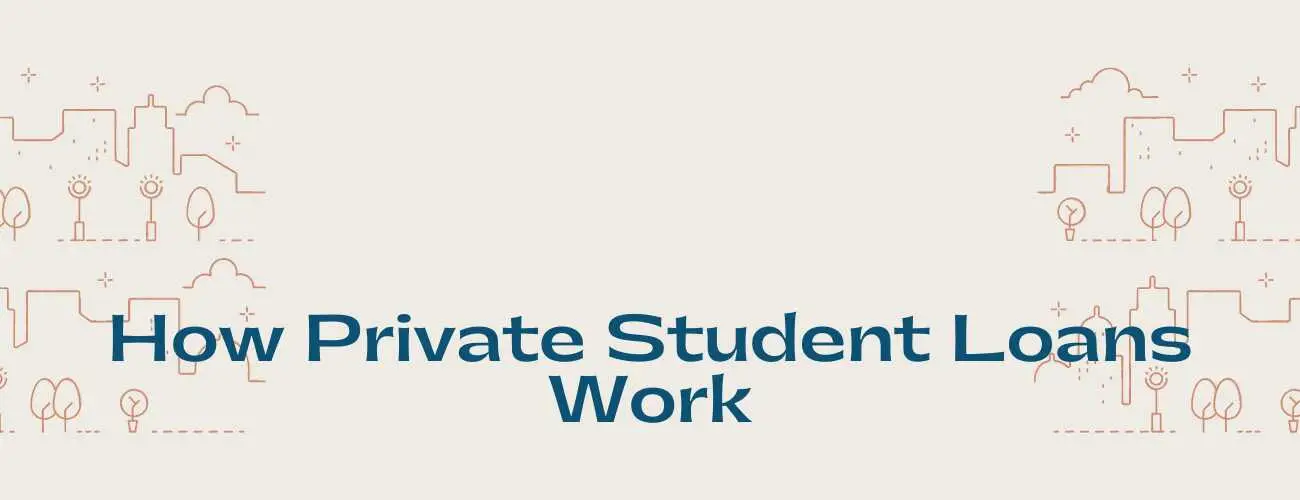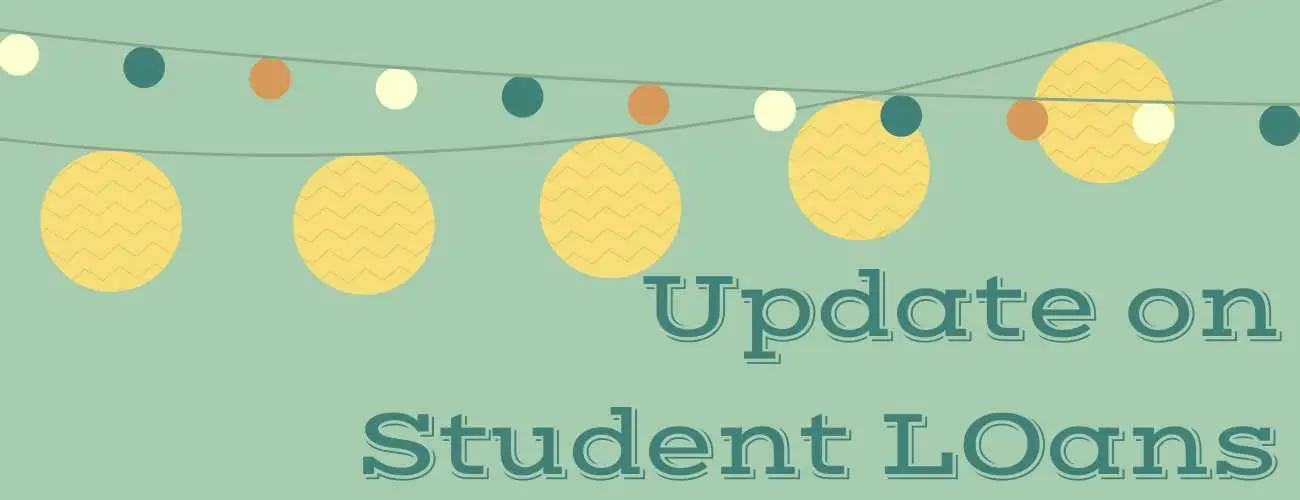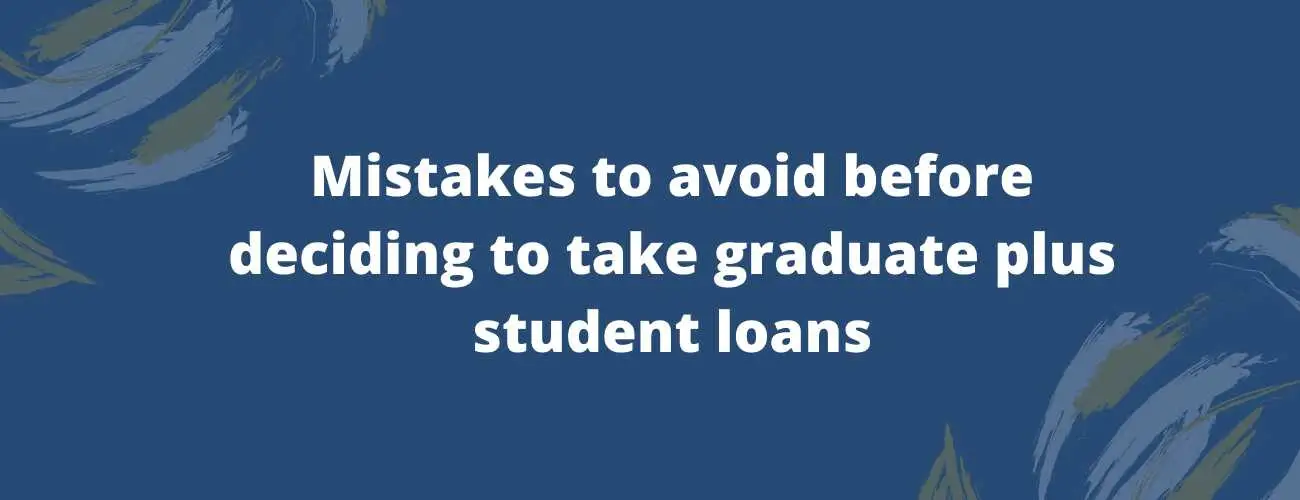Medical School Loans
Medical loan are comparatively the expensive loan than other student loans. For more info regarding the federal loans and private loans of the medical school loans, how to pay off the medical loan debt, and some of the best medical school loans lets go through the article.
Updated by Priya shah on 13th February 2020
A loan becomes a requirement for students who want to pursue their graduation or post-graduation studies due to the rise in tuition costs. Student loan is a form of financial aid to help students combat the rise in costs and expenses for their higher studies, with the various loan types. Student loans not only help the students to get the degree but also make it affordable and manageable to pay for the studies and other related expenses too.
There are various types of loan with its individual requirements, qualification, rate of interest and terms. Being knowledgeable and strategic about the types of loan helps you make the best decision.
The primary sources of medical school loans are federal student loans and private student loans. Before taking the loan you must filter the possible options of the loan to find the best option. You must know which loan, are tied to your academic progress by asking your financial aid office for complete details of any aid you are awarded.
Table of contents
- Federal loans for the medical student
- Private medical school loan
- How to pay off medical school debt?
- Some of the best medical school loans
- conclusion
Federal loans for the medical student
Federal loans are comparatively affordable loans with typically lower and fixed interest rates compared to private student loans. Federal student loans are generally known as government loans that allow students and parents to borrow money for college from the servicer. For a federal student loan taken during undergraduate school, some portion of the loan may be subsidized that helps reduce the burden of the interest capitalization for the borrower during medical school and residency. The department of education updates the interest rate of federal student loans every year. So the students or borrowers who are interested can get accurate information about the interest rate of federal student loans. The amount of loans from the government is capped which means the borrower can only take out the many numbers of loans from the federal government every year.
The eligibility of the federal student loan is based on the FAFSA(Free Application For Federal Student Aid). every medical student who is seeking for the federal student loan is supposed to go through the loan and complete it. The application has the deadline that varies on the school and state but usually, the deadline for the federal student loan is June 30. You must check with the financial aid offices of the schools that you are applying for the verifications of the deadline of the application. After that financial aid office is supposed to inform you about the aid procedures and deadlines, how and when you will receive your federal aid award.
Basically there are four types of federal direct loans that are administered through the William D. Ford federal direct loan program. Most of the loans available is through this program.
The two direct loans that are available for entering medical school are:
-
Direct unsubsidized loans: Direct unsubsidized loans are also called Stafford loans. They are low-interest loans that are available regardless of the financial need of the borrower. As it is unsubsidized the interest rate of any unpaid direct loans will grow in the medical school itself from the date you borrow.
-
Direct plus loans: These loans are assigned to cover the cost of attendance, that are not covered by other financial aid that you are receiving. It is important for the loan borrower or cosigner to have a good credit score before applying for the loan. The interest rate of plus loan starts to accrue as soon as they are disbursed.
And the remaining loans available are Perkins loan that can be used to pay for the medical school-related expenses or loan. These loans are also assigned to medical school students having an exceptional need for financial assistance. But also not every student qualifies to get help for financial need. Once you are notified about the loan process, apply as quickly you can for the financial aid by FAFSA form and also confirm with your school's financial aid office for further query and date confirmation.
Primary care loan
Primary care loan is one of the loan types that offer various school-based scholarships for medical school students. They mostly offer to the students who are in need and especially those who plan to specialize and practice in primary care. In order to find out the participation of the program, you can contact a representative in your financial aid office for more information.
Private medical school loan
Private student loans are those loans provided by private lenders, they are great to cover any of the additional costs that one might incur. Private lenders have their own loan option that may be or may not be favorable to borrowers but also it helps you if you may not qualify for the federal loans that are not enough to cover medical school costs. Must also shop around for the comparative interest rates to understand the terms of the agreement before getting into any private student loans. Many lenders have the term of paying the loan back the loan when you’re still in school but some lender has a term of paying the loan after the completion of studies and graduation.
Private student loan provides a variable rate of interest, that changes, increases, and decreases over time, Mostly increases. A cosigner with good credit helps to qualify for a private loan for those who can’t qualify for the loan alone, can go with a parent as a cosigner in order to help them to qualify for the private loans.
Before approving the private loan the lender will do a hard credit pull to check your credit history in order to check the capability of the borrower to pay back the loan. Obviously the interest rate depends on the credit history and the loan term whether you are choosing fixed or variable.
Residency and relocation loans
These are the types of private loans that are used by some students to help themselves to pay for the costs related to residency and other expenses, that includes exam fees, travel expenses, as well as moving expenses. The incurred expenses are added, but not every student uses this loan.
How to pay off medical school debt?
There are various ways of paying off medical school debt, which includes refinancing of the medical school loans, loan forgiveness and other related payments on an income-driven repayment plan. The best strategy depends on the factors of the types of loans you have federal or private student loans. The best way of paying off medical debt is to try paying it on time, avoid the situations that can miss the payments, or get you into default.
If you have a bunch of loans try consolidating the loan in order to track the loan and pay off the loan on time.
Some of the best medical school loans
Here are some of the medical school loans one can use -
-
Federal grad plus loans: best for all borrowers as a first option.
-
CommonBond private student loan: best for those borrowers who have good credit.
-
Sallie Mae private student loan: best for those borrowers who have good credit.
-
Wells Fargo private student loans: best for those borrowers who have good credit.
-
Citizens one private student loan: best for those borrowers who have good credit.
-
PNC private student loan: best for those borrowers who have good credit.
conclusion
A medical school without a doubt is very expensive. Doctors or any medical student earn very significant salaries after their graduation to potentially justify the high costs. The average debt of medical students after graduation is $55,000 per year before they start earning.
In order to meet the monthly payments of medical loans, you need to know the various options of paying for the medical school and the medical degree in an effective way.
Student loan repayment is an important phase for each borrower and one should know all the options available. Once you are aware of all the options available to you it is up to you to choose the best option to pay off the monthly payments that reduce the burden of the loan installments. And it is also important to note that you shouldn’t be depleting your savings to pay for the expenses of the school.



93.jpg)


28.jpg)
